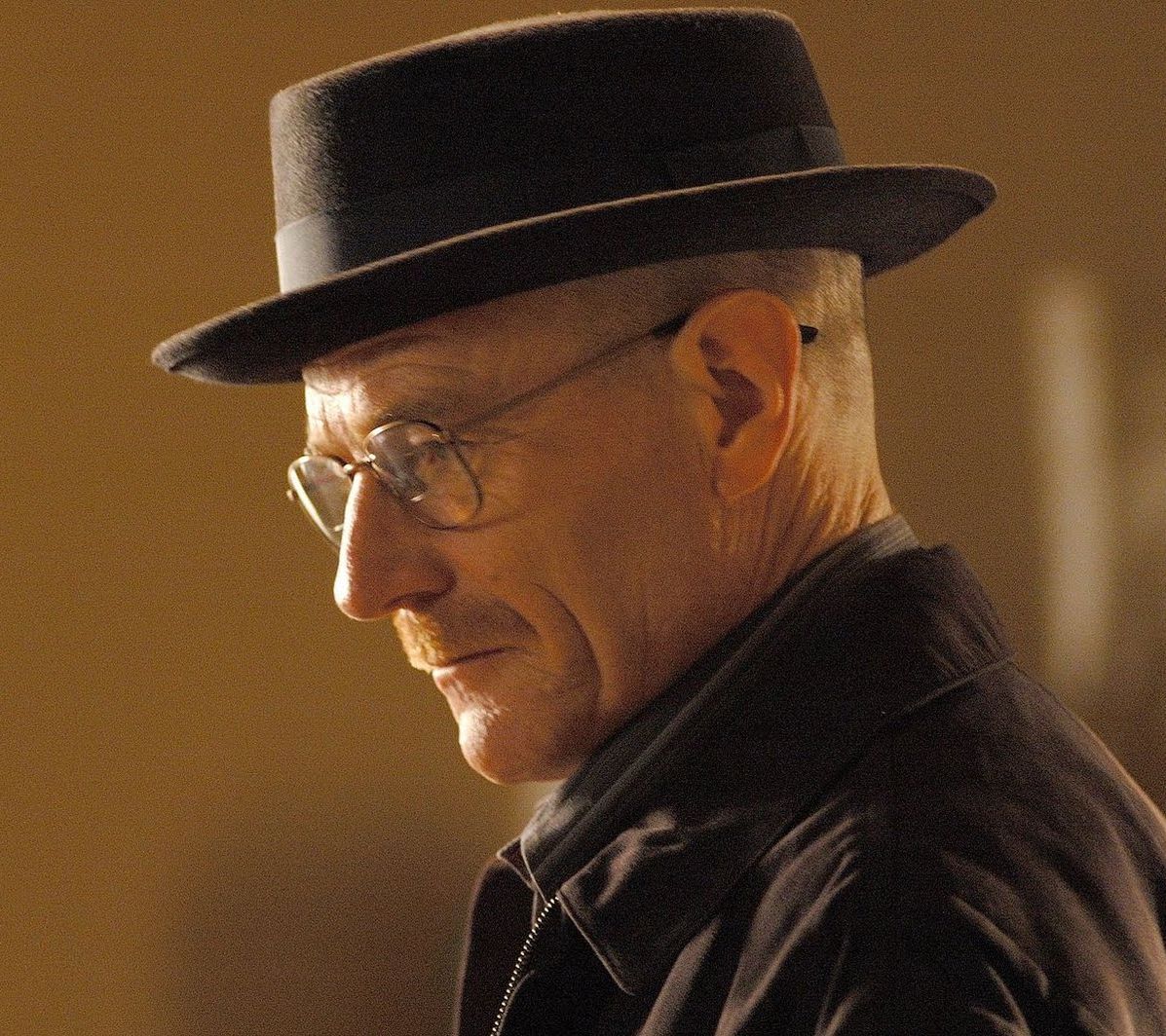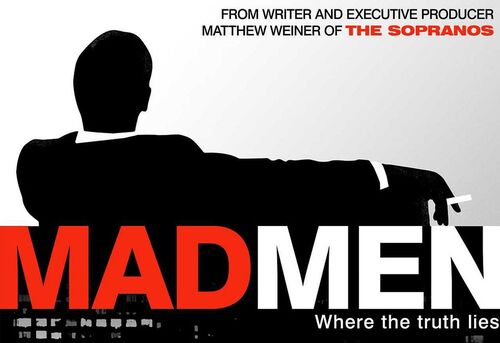
Read an Excerpt on the Iconic 'Breaking Bad' Role from Bryan Cranston's Memoir 'A Life in Parts'
 Out now, Bryan Cranston's 'A Life in Parts' is a memoir by the acclaimed actor who rose from Malcolm in the Middle to Breaking Bad. Below is an excerpt from the book, taking a look at how his place in TV lore with Breaking Bad came to be.
Out now, Bryan Cranston's 'A Life in Parts' is a memoir by the acclaimed actor who rose from Malcolm in the Middle to Breaking Bad. Below is an excerpt from the book, taking a look at how his place in TV lore with Breaking Bad came to be.
I’m not sure i knew what that title meant then, but the script was oh‑my-God superb, the best hour-long drama I’d ever read. Great characterizations, complex plots, nuanced story elements, surprises that left you thinking: What on earth is going to happen next?
By virtue of the writing, I began dreaming about this character, this Walter White. I was waking up in the middle of the night with him on my mind. I recalled being back on the Blue Ridge Parkway, marooned by rain. I got so lost in an Ibsen play, the story and the characters, that I forgot about the rain. I can’t describe how rare that is to find in script form. I can’t explain how an actor longs for that richness and depth and humor and humanity to work with. To build on. This was it. I had no idea where the story was going, but I knew it was gold.
I had a meeting set with Vince the following week. I told my agents: “Make it sooner.” I went into the AMC offices in West L.A., knowing I was scheduled for twenty minutes, and ended up staying an hour and a half.
“Do you know how he should look?” I asked. “Uh, kinda,” Vince answered, smiling.
I ventured some of the ideas that had come to me since I’d read the script. “He’s missed so many opportunities in life,” I said. “You can see that in every part of him. He has a mustache that isn’t manly. That isn’t anything. You look at him and say: Why bother? His skin and his hair are the same bland hue. He wears pale yellow and sand and taupe. He blends into the background. Invisible. To society. To himself. I’m thinking he’s doughy. One hundred eighty-six pounds.”
I saw this character, this man, so clearly. I knew how he carried himself. Burdened. His shoulders were slumped like those of a much older man. I was imagining a man who carried himself a lot like my dad.
When I asked about his plans for the arc of the show, Vince told me in his genteel Virginia drawl, “I want to take this character from Mr. Chips to Scarface.”
“So you’re going to take this guy from good to bad?” I said. He nodded and smiled slyly. “If they’ll let me.”
I couldn’t believe it.
All television, to that point, had been based on stasis, characters you come to know and love. The prevailing thought for most of the history of television had been that viewers want someone they can count on. Archie Bunker. In every episode of “All in the Family,” he’s consistently Archie. Jerry Seinfeld, same. Ross and Rachel, you see them in different situations — will they or won’t they? — but they’re invariably Ross and Rachel. Even the characters we’ve known to break new ground, like Tony Soprano. As genius and gamechanging as that show and performance were, you didn’t see Tony change a whole lot from the beginning to the end. Tony Soprano is Tony Soprano. Don Draper may change a little, but he basically remains Don Draper until the show’s meditative finale, and even that’s debatable. Some argue the workaholic adman was meditating not on the here and now, but on the creative for a Coke commercial.
Classic Don.
Vince was proposing to blow up the model of a successful show. Walt would truly change. By the time the series ended, he’d be unrecognizable to viewers, to himself.
“You’re really going to do that?” I asked again. “That’s the plan,” he said, laughing. “Do you realize that no one’s ever done that in the history of television?”
Vince shrugged. “We’ll see if it works.” I didn’t know if it would work, either. But I knew I wanted in. I had to have it.
From “A Life in Parts” by Bryan Cranston. Copyright 2016 by Bryan Cranston. Reprinted by permission of Scribner, an Imprint of Simon & Schuster, Inc.


